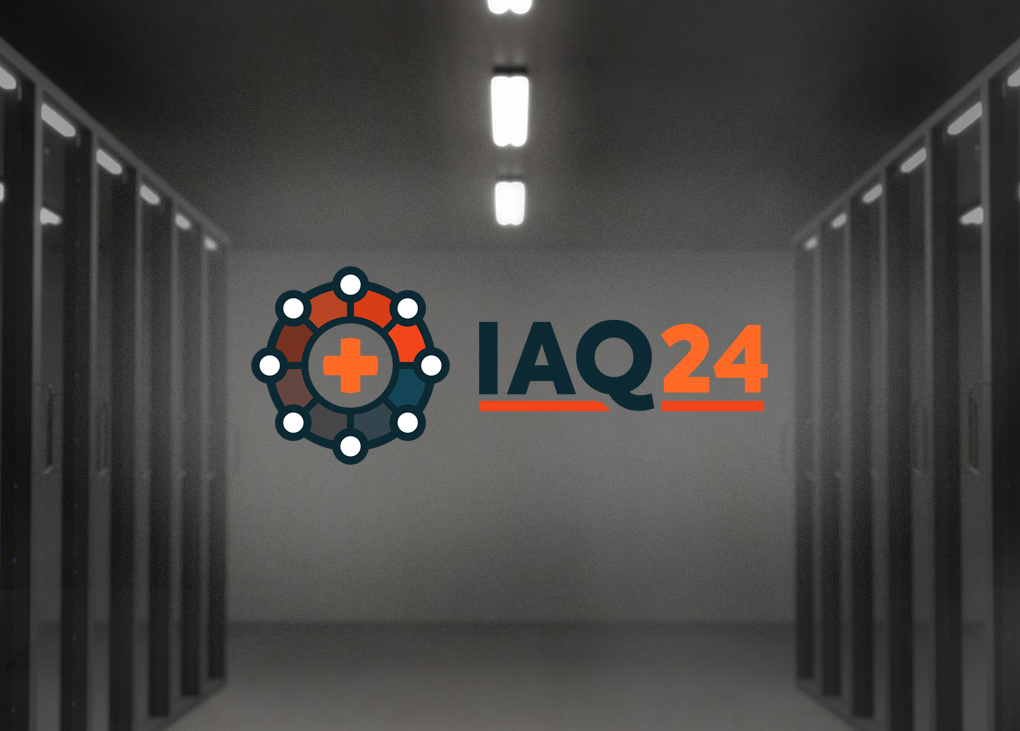AIRAH is hosting the 2024 Indoor Air Quality Conference in Melbourne from July 15–16. The technical committee is seeking a range of submissions from a broad cross-section of the built environment.
As Australians spend 90 per cent of their time indoors – in the home, office, or other types of buildings – supplying clean air through a building’s heating, ventilation, and air conditioning (HVAC) systems can play a big part in reducing environmental health hazards.
Pollutants such as airborne particles, gases, chemicals and mould can cause headaches, eye irritation, allergies, and fatigue. Serious pollutants can even cause cancer.
A key takeaway from the 2023 Indoor Air Quality Conference was that IAQ needs better regulatory frameworks. Keynote speaker Professor Lidia Morawska from QUT pointed out there are currently no operational performance standards for IAQ in Australia, only design standards.
The major theme of the conference in 2024 is exploring new and emerging technologies to better understand the science of IAQ. The event will cover a range of topics, including:
- The role of building operation on human health and wellbeing
- Mega-trends and indoor air quality
- Urbanisation and the consequences for indoor environmental quality (IEQ)
- Climate change and indoor climate
- Bushfires, floods, and other severe weather events
- Sustainable and healthy buildings
- Energy efficiency
- Intelligent design and solutions
- Indoor Air Pollutants – Sources, pathways, monitoring and management
- Sources
- Physio-chemical pollutants – (e.g., volatile organic compounds, particulate matter, allergens, radon, carbon monoxide)
- Material emissions
- Outdoor/indoor interface
- Indoor air chemistry
- Microbial pollutants – (e.g., mould, bacteria, biofilms, Legionella, Aspergillus, other building-borne pathogens, MVOCs, biotoxins)
- Surface contamination, air quality
- Emission causes – dampness, plumbing failure, poor maintenance, construction/demolition/maintenance
- Understanding the microbiomes of buildings
- Outdoor/indoor interface
- Surface contamination, air quality
- Physio-chemical pollutants – (e.g., volatile organic compounds, particulate matter, allergens, radon, carbon monoxide)
- Pathways
- Monitoring and management
- Sources
- Regulation, standards (national and international), policy, guidelines, education
- World’s best practice
- IAQ and impacts on insurance
- Compliance and enforcement challenges
- Occupant behaviour and lifestyle
- The role of occupant behaviour in indoor air quality
- Educational and behavioural interventions to promote better IAQ practices.
Presentations at the conference will be 25 minutes in length, including time for questions and answers. More information on submitting an abstract is available at the IAQ Conference website.



Leave a Reply